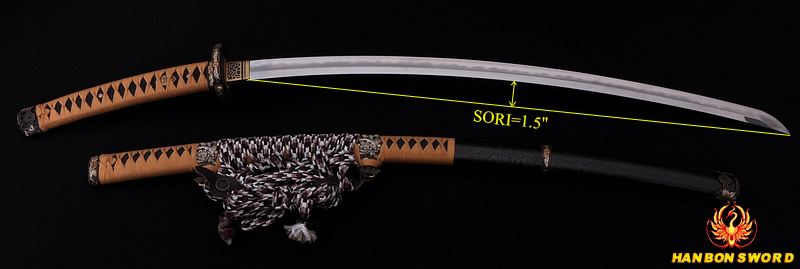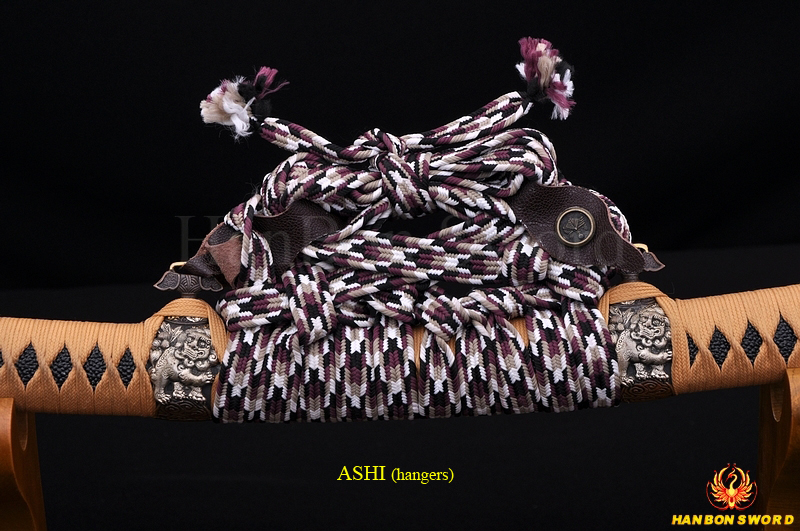Tachi (Odachi)
02 Jul


0 Comment(s)
11068 View(s)
Tachi (Odachi), a Japanese sword with a large curvature, varying body positions to attack and defend. It is popular in medieval to early 16th century Japan. Katana is worn through a sash, usually paired with a shorter blade, with its edge up. The katana became popular from early 1600s to the end of the Edo period (1867). Tachi is slightly different from other japanese swords. One of the differences is the scabbard. There are two metal rings on the sword interspersed with ribbons to make them easy to carry. The curved shape of the blade makes the slamming more effective.
In Japanese, when holding the tachi, there should be no gap in the palm, the ring finger and the little finger clenching the hilt, the thumb and forefinger are lightly pinched, and the middle finger is not loosely placed on the handle. Once the sword is out, the only idea is how to knock down the enemy. When it is cut to the opponent, the grip of the tachi should be kept the same, the hand can not be shaken, and there must be no hesitation. When you attack, block or lower your opponent's sword, you should only change the grip of your thumb and forefinger slightly; however, in any case, the purpose of the sword is to knock down the opponent, which cannot be changed.
Tachi and katana generally differ in length, degree of curvature. Katana has a slight and gentle curve, while the Tachi is longer and more curved than a Katana. Tachi is considered to be an older-style sword, as it was used before the katana on the battlefield. The tachi is better suited to fighting from horseback - slashing down onto / into foot soldiers. The katana is better suited to fighting on foot.
Want a unique sword? Feel free to contact us:
Phone: 086 13739276006
Email: [email protected]
Website: www.hanbonforge.com
Custom Sword Page: www.hanbonforge.com/CUSTOM-SWORDS/Custom-Your-Own-Swords
Phone: 086 13739276006
Email: [email protected]
Website: www.hanbonforge.com
Custom Sword Page: www.hanbonforge.com/CUSTOM-SWORDS/Custom-Your-Own-Swords



Leave a Comment